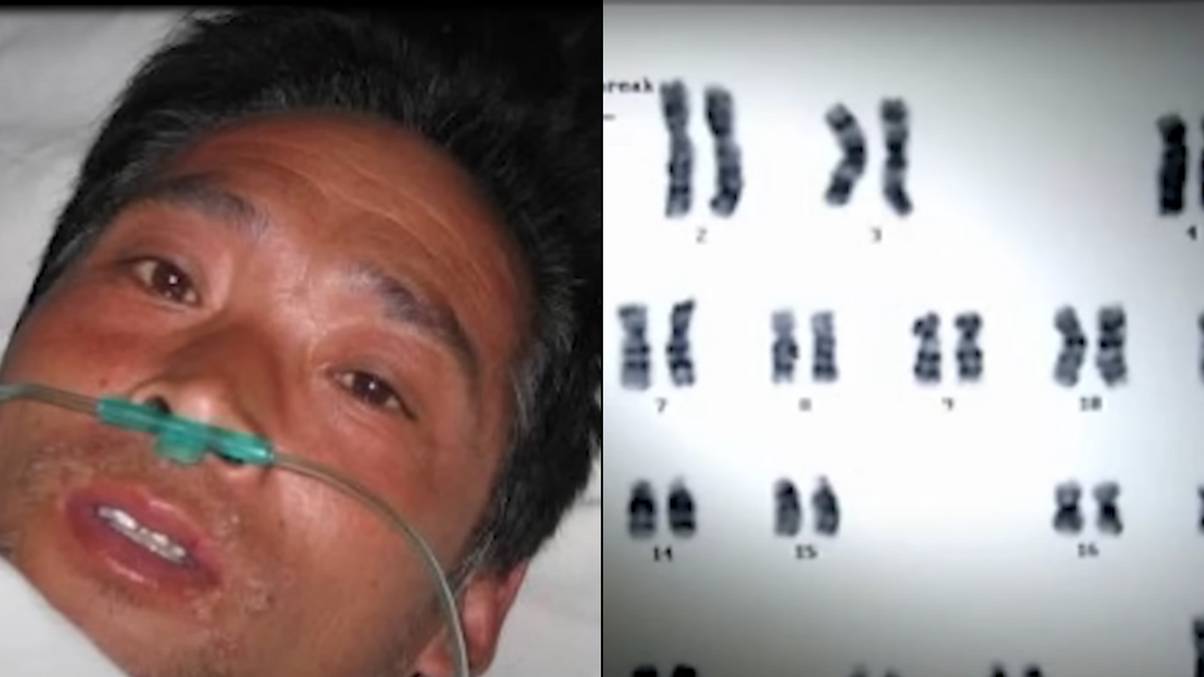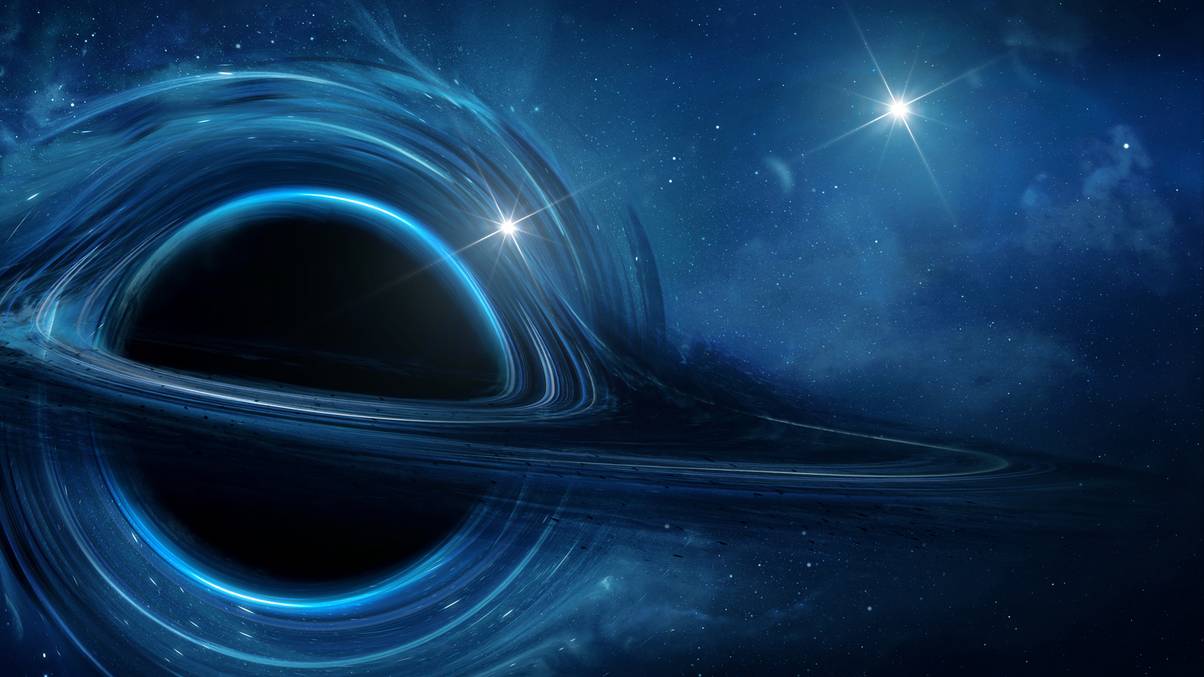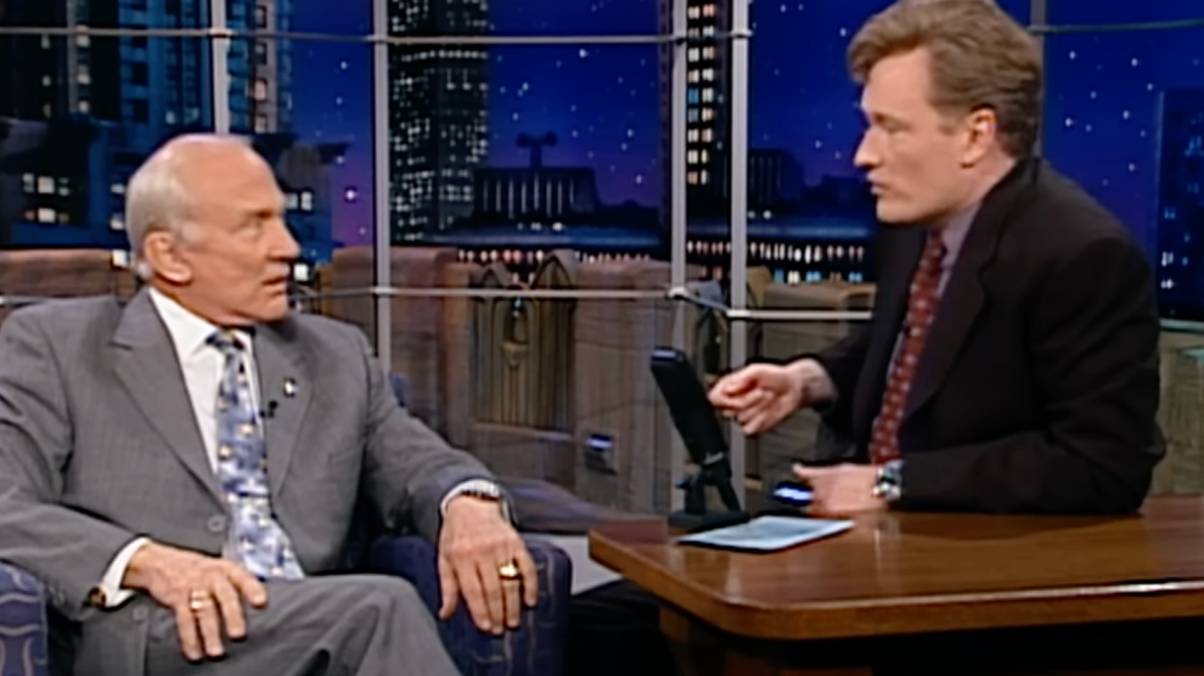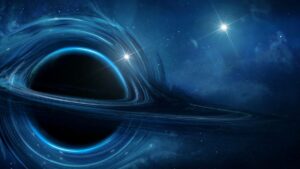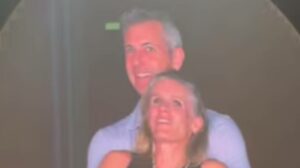“Unraveling the Dark Secrets: Why Did ‘Radioactive Man’ Endure 83 Days of Torment?”
What would you do if you were faced with the world’s most shocking nuclear disaster? Well, for Hisashi Ouchi, a Japanese nuclear plant worker, this nightmare became a tragic reality on September 30, 1999. On a day that should have been like any other at the Tokaimura Nuclear Power Plant, a catastrophic decision to cut corners led to an accident that would change everything. Instead of the usual safety protocols, Ouchi and his coworkers were left handling dangerous uranyl nitrate by hand (yes, you read that right). The aftermath? Ouchi was exposed to an astounding 17,000 millisieverts of radiation – a level that is essentially a death sentence. Yet, incredibly, he was kept alive for 83 harrowing days as doctors fought to save him, pushing the boundaries of medical intervention in the most brutal circumstances. It raises a thought-provoking question: When is it too much to bear, and who decides when life is worth fighting for? Curious to dive deeper into this gripping tale of survival and the ethical dilemmas surrounding it? Click here to LEARN MORE.
The man that was the most irradiated human in history was kept alive for 83 days after his horrific accident for one reason.
Japanese nuclear plant worker Hisashi Ouchi went through a terrifying accident on 30 September, 1999, at the Tokaimura Nuclear Power Plant.
When he showed up for work that day, all seemed normal, but when those in charge decided to try and streamline processes by skipping steps – not the most ideal thing to try at a nuclear power plant -, it all quickly spelled disaster.
Ouchi, along with colleagues Masato Shinohara and Yutaka Yokokawa, were tasked with mixing uranyl nitrate in a huge metal tank at the plant, using their hands instead of the regular automatic pump. It didn’t end well.
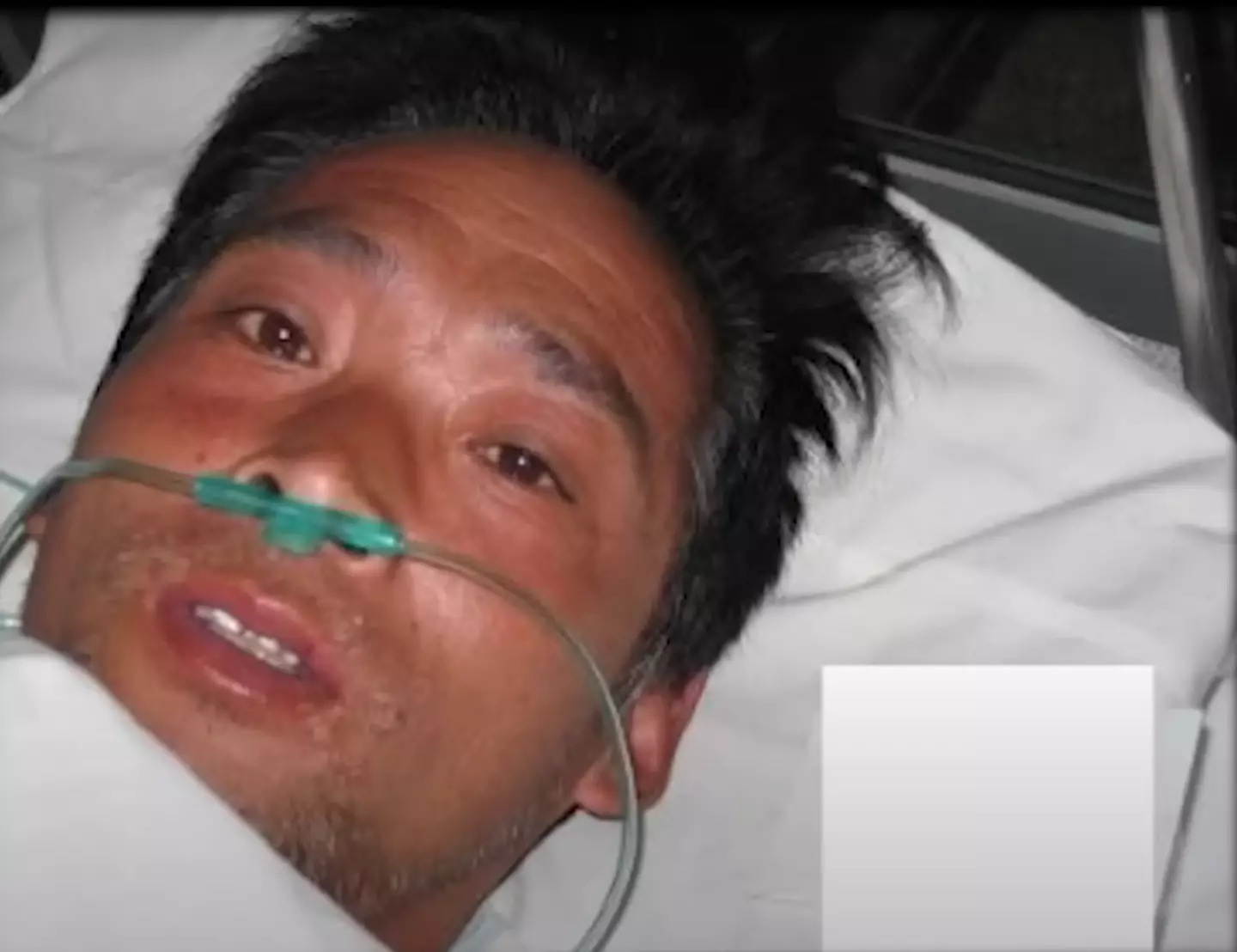
Ouchi was closest to the tank when the uncontrollable reaction took place (YouTube/Peaked Interest)
The trio hadn’t had much experience in using their hands to handle the dangerous substance known as uranium.
The uncontrolled nuclear fission chain reaction resulted in all three being exposed to dangerous amounts of radiation and gamma rays, which were released into the atmosphere.
Ouchi absorbed the most, at 17,000 millisieverts (mSv) of radiation, as he was by the tank.
Anything more than 20 mSv of radiation in a year is dangerous – but the other two were exposed to 10,000 and 3,000 mSv. For reference, 5,000 mSv is considered fatal, and emergency responders at the infamousChernobyl disaster were only exposed to 20 to 500 mSv.
But this is where the horror began.
After the incident, Ouchi lost consciousness before violently vomiting, and suffering from serious radiation burns.

He was kept alive for one brutal reason (YouTube/Peaked Interest)
He was transferred to Tokyo University Hospital with Shinohara, and put into specialist care as he was in a serious condition.
Despite the radiation completely destroying his DNA and killing all of his white blood cells, doctors did everything they could to keep him alive for as long as possible.
But this was all due to one reason, as it was reported that he went through blood transfusions, skin grafts, and stem cell transplants to keep him alive, despite him begging medical professionals to stop.
“I can’t take it any more! I am not a guinea pig,” he begged, but due to the request of his family, Ouchi was kept alive for almost three months.
In fact, on his 59th day in care, he suffered three heart attacks, but his family insisted that they keep doing what they can to keep him alive.

Ouchi’s DNA was destroyed following the accident (YouTube/Peaked Interest)
Dr Kazuhiko Maekawa, who was working to help him survive, admitted at the start of the December 1999 that his chances of recovery were ‘very slim’ at best following what is now known as one of Japan’s biggest nuclear accidents.
After weeks of suffering, on 21 December 1999, Ouchi fianlly passed away after a number of his organs failed, aged just 35.
Shinohara, his colleague, passed away in 2000 from multiple organ failure as well, aged 40.
